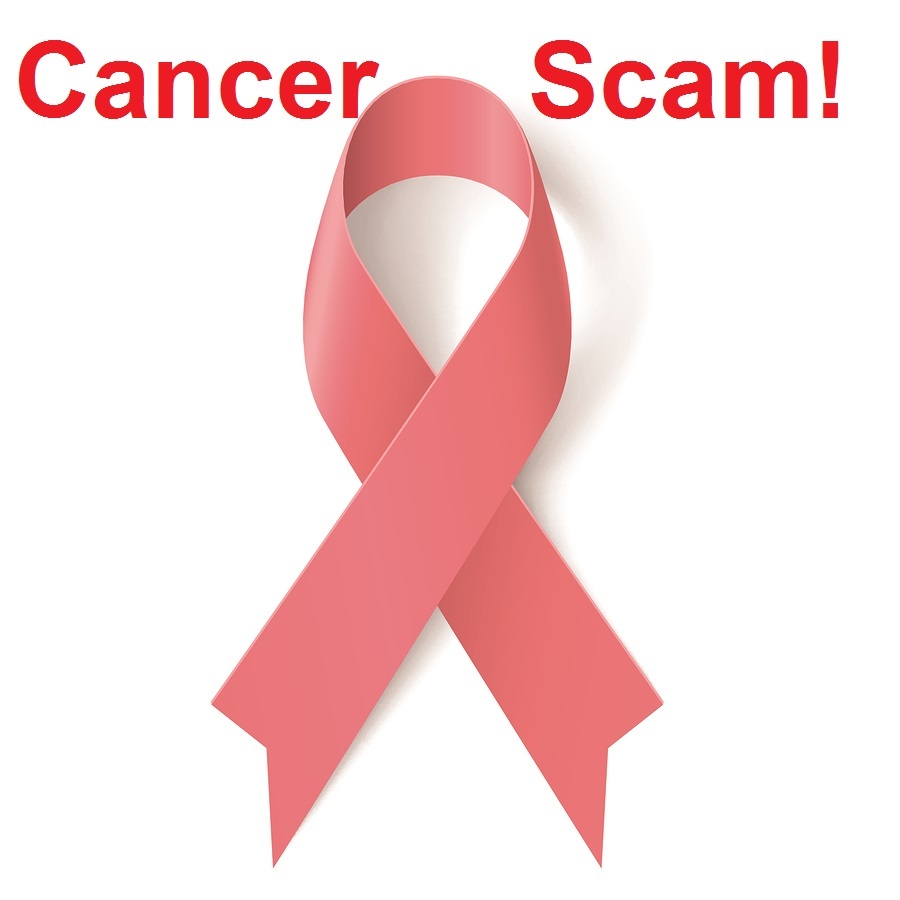
Health Impact News Editor Comments
The average chemotherapy cancer drug costs $10,000.00 per month, and only extends a patient’s life by an average of 42 days. (See: Doctors Expose Cancer Drugs Scandal.)
The Milwaukee Journal Sentinel is reporting that over the past 10 years, the FDA has approved 54 cancer drugs with no proof they are extending lives. They report that the FDA does not even require drug companies to prove their drugs extend lives:
Instead, the agency approved the drugs based on surrogate measures, such as a tumor shrinking, rather than the gold standard and most reliable measure of cancer research, patients actually surviving longer. The problem is cancer is complicated — a tumor might stop growing or shrink in one spot, then reappear somewhere else, or even in multiple places.So just remember these facts the next time you take out your wallet or checkbook to donate money to your favorite cancer charity, which pays for the research for these worthless drugs.
FDA approves cancer drugs without proof they’re extending lives
By The Journal SentinelExcerpts:
For decades, researchers have focused ondeveloping new cancer drugs that save lives or improve the quality of life. But when the U.S. Food and Drug Administration allowed Inlyta, a $10,000 a month drug, on the market in 2012, there was no proof that it did either.
Inlyta is not an exception to the rule.
A Milwaukee Journal Sentinel/MedPage Today analysis of 54 new cancer drugs found that over the last decade the FDA allowed 74% of them on the market without proof that they extended life. Seldom was there proof of improved quality of life, either.
Nor has the FDA demanded companies provide such evidence.
Read the full article here.
See Also:
Doctors Expose Cancer Drugs Scandal
We Lost the War on Cancer – Review of Alternative Cancer Therapies
The cancer industry is probably the most prosperous business in the United States. In 2014, there will be an estimated 1,665,540 new cancer cases diagnosed and 585,720 cancer deaths in the US. $6 billion of tax-payer funds are cycled through various federal agencies for cancer research, such as the National Cancer Institute (NCI). The NCI states that the medical costs of cancer care are $125 billion, with a projected 39 percent increase to $173 billion by 2020.
The simple fact is that the cancer industry employs too many people and produces too much income to allow a cure to be found. All of the current research on cancer drugs is based on the premise that the cancer market will grow, not shrink.
John Thomas explains to us why the current cancer industry prospers while treating cancer, but cannot afford to cure it in Part I. In Part II, he surveys the various alternative cancer therapies that have been proven effective, but that are not approved by the FDA.


1 comment:
Father of Oncology: All Cancers can be treated with Iron-Deficiency Therapy. The breast cancer screening debate continues. Scientific study clearly shows the superiority of magnetic resonance imaging over mammography and breast ultrasound examinations. The superiority of MRI is also completely independent of the patient's age, gene mutation status and breast density. In stage IV, the cancer has spread (metastasized) from the breast to other parts of the body. The cancer at this stage is considered to be chronic and incurable, and the usefulness of treatments is limited. The goals of treatment for stage IV cancer are to stabilize the disease and slow its progression (as well as to reduce pain and discomfort). Breast cancer can recur many years later. Some recurrent cancers are metastatic. The causes of breast cancer aren't fully understood, making it difficult to say why one woman may develop breast cancer and another may not, researchers say. Primary tumors always develop at body sites of excessive iron deposits, the Father of Oncology says. Such deposits can be inherited from parents or can be acquired during life. Local/regional iron overload can be inherited or acquired; can affect any part of the body (breast cancer, lung cancer, pancreatic cancer, etc). Personalized direct intratumoral injections of iron-deficiency agents can eliminate inoperable tumors and metastases. The human body has no physiologic regulatory mechanism for excreting iron. In women of child-bearing age, the most common cause of iron-deficiency anemia (IDA) is loss of iron in blood due to menstruation or pregnancy. IDA can also be caused by a poor diet or by certain intestinal diseases that affect how the body absorbs iron. Drinking too much low-iron goat’s milk (or cow's milk) is a common cause of iron deficiency because it contains little iron and can get in the way of iron absorption. IDA is the enemy of micrometastases. IDA is the enemy of HIV. Severe IDA can lead to heart problems. Scurvy, syphilis, cancer and HIV can cause complications and death if not adequately treated. Some treatments are worse than the disease. Until the early 20th century, the primary treatment for syphilis was mercury. Side effects of mercury treatments could include neurological damage and death. All cancers can be treated with iron-deficiency therapy in hospitals, but all of the current research on cancer drugs is based on the premise that the cancer market will grow, not shrink. http://www.medicalnewstoday.com/opinions/184316 ; http://medicalxpress.com/news/2015-04-percent-breast-cancers-mri.html ; https://plus.google.com/107119198688120551734/posts/RnSU2vMdXCu ; https://plus.google.com/+AlessandroLittara/posts/2h4DQieQafQ ; https://www.facebook.com/TheWarOnCancerFoundation/posts/658257930905936 ; http://www.medicalnewstoday.com/opinions/184222 ; http://thejourneytogoodhealth.blogspot.com/2014/12/fda-approves-54-new-cancer-drugs.html ; Vadim Shapoval
Post a Comment